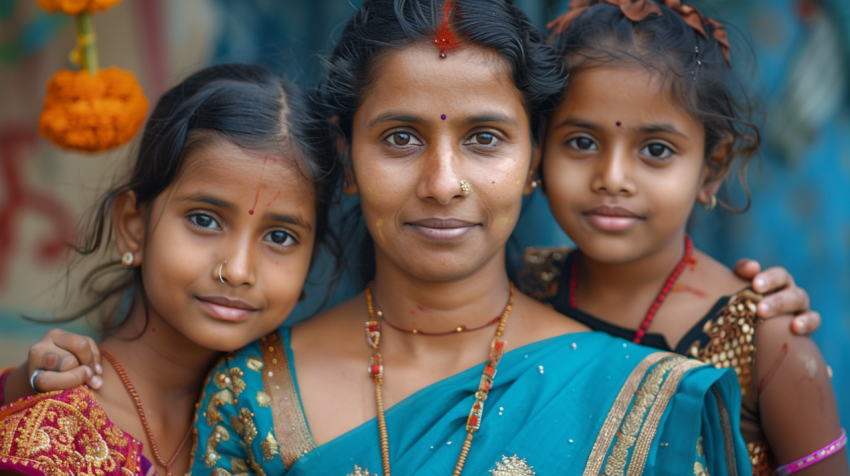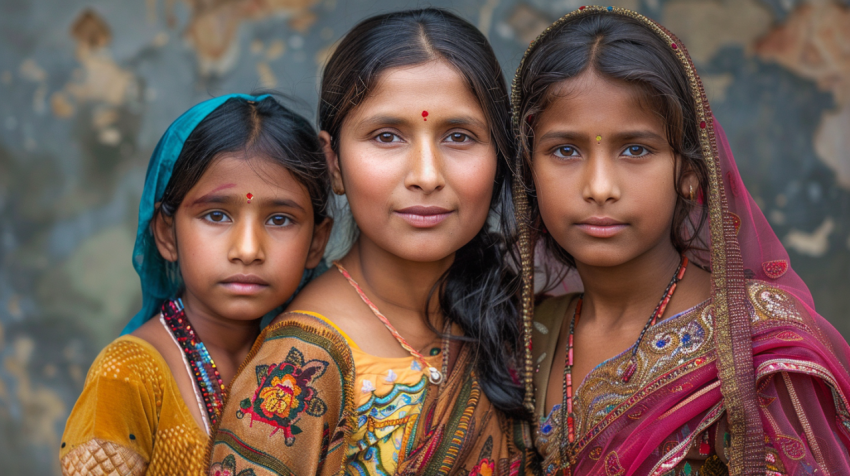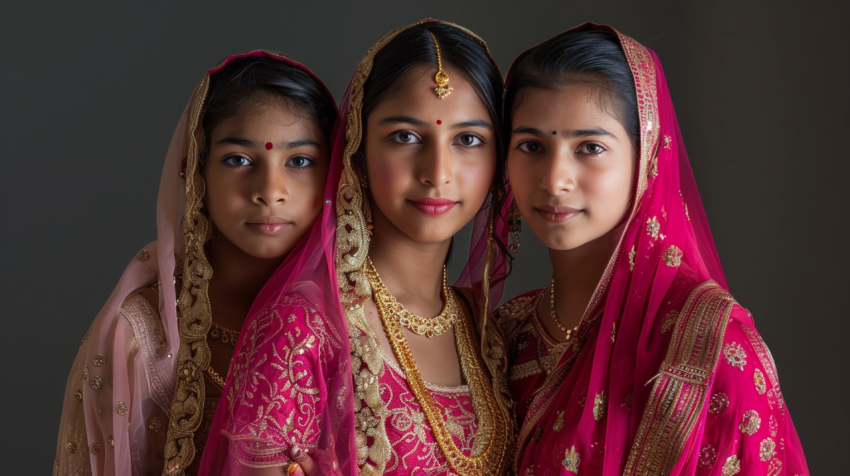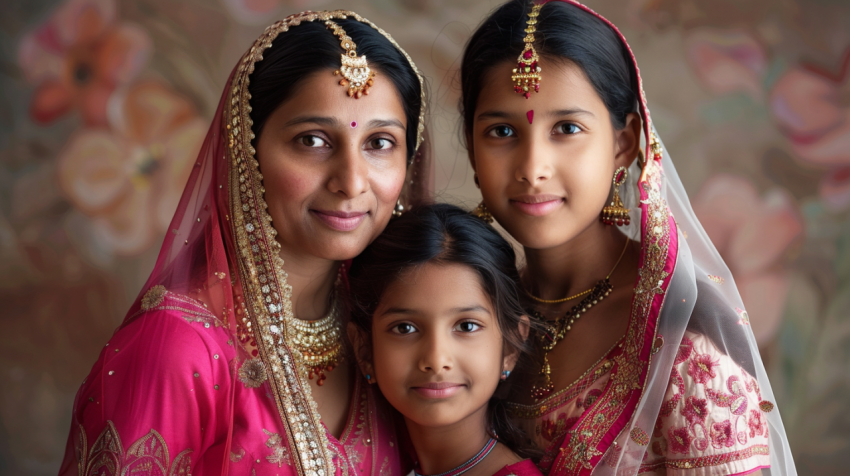











The Female Experience: Biology, Societal Roles, and Empowerment
The term "female" refers to the sex of a species that typically produces eggs or bears offspring. In humans, "female" encompasses a vast and diverse range of experiences, identities, and roles that are shaped by biological, social, cultural, and historical factors. This exploration examines key aspects of being female, including biological characteristics, the evolution of societal roles, historical and ongoing challenges, and the multifaceted journey toward empowerment and gender equality.
1. Biological Aspects of Being Female:
- Chromosomes: Females typically have two X chromosomes (XX).
- Reproductive System: The female reproductive system includes ovaries (which produce eggs), fallopian tubes, the uterus (womb), the cervix, and the vagina.
- Hormones: Female sex hormones, primarily estrogen and progesterone, play crucial roles in sexual development, the menstrual cycle, pregnancy, and other bodily functions.
- Puberty: The period of sexual maturation, typically marked by the onset of menstruation (menarche) and the development of secondary sexual characteristics, such as breast growth and widening of the hips.
- Menstrual Cycle: The regular cycle of hormonal changes and physiological processes that prepare the female body for potential pregnancy.
- Pregnancy and Childbirth: The biological capacity to carry a fetus and give birth.
- Menopause: The natural cessation of menstruation, typically occurring in middle age.
2. Societal Roles and Expectations:
Throughout history, societal roles and expectations for females have varied significantly across cultures and time periods.
- Traditional Roles: In many societies, women have traditionally been assigned roles as homemakers, caregivers, and mothers. Their primary responsibilities often revolved around the domestic sphere.
- Patriarchal Structures: Many societies have been patriarchal, meaning that men hold primary power and authority in social, political, and economic spheres. This has often resulted in the subordination of women.
- Evolving Roles: Over time, and particularly in recent centuries, women's roles have expanded significantly in many parts of the world. Women have entered the workforce, gained access to education, and increasingly participate in politics and leadership positions.
- Cultural Variations: It's important to note that societal expectations and opportunities for women vary greatly depending on cultural, religious, and socioeconomic contexts.
3. Historical and Ongoing Challenges:
Despite progress, females continue to face numerous challenges worldwide:
- Gender Inequality: Disparities in opportunities, resources, and power between men and women persist in many areas, including education, employment, healthcare, and political representation.
- Discrimination and Prejudice: Females may face discrimination based on their sex or gender identity in various settings, such as the workplace, education, and healthcare.
- Violence Against Women: Gender-based violence, including domestic violence, sexual assault, and female genital mutilation, remains a pervasive global issue.
- Reproductive Rights: Access to reproductive healthcare, including contraception and safe abortion, is a contentious issue in many parts of the world.
- Limited Access to Education: In some regions, girls and women face significant barriers to education due to poverty, cultural norms, and conflict.
- Underrepresentation in Leadership: Women are often underrepresented in leadership positions in politics, business, and other sectors.
- The Gender Pay Gap: Women, on average, earn less than men for comparable work.
- Harmful Gender Stereotypes: Societal stereotypes about femininity and masculinity can limit opportunities and create pressure on individuals to conform to narrow expectations.
4. The Women's Rights Movement and Feminism:
The women's rights movement, also known as feminism, has been a driving force for social change, advocating for equal rights and opportunities for women.
- First-Wave Feminism (19th and early 20th centuries): Focused primarily on gaining women's suffrage (the right to vote) and property rights.
- Second-Wave Feminism (1960s-1980s): Addressed a broader range of issues, including reproductive rights, workplace discrimination, and violence against women.
- Third-Wave Feminism (1990s-present): Emphasizes diversity and intersectionality, recognizing that women's experiences are shaped by race, class, sexual orientation, and other factors.
- Fourth-Wave Feminism (present): Often characterized by online activism, focusing on issues like body positivity, rape culture, and online harassment.
5. Female Empowerment and Progress:
Significant progress has been made toward gender equality in many parts of the world:
- Increased Access to Education: More girls and women are attending school and pursuing higher education than ever before.
- Greater Economic Participation: Women's participation in the workforce has increased, although disparities in pay and leadership positions persist.
- Political Representation: More women are being elected to political office, although they remain underrepresented in most countries.
- Changing Social Norms: Traditional gender roles are being challenged, and there is growing acceptance of diverse gender identities and expressions.
- Global Advocacy: International organizations and movements are working to promote women's rights and gender equality worldwide.
6. Intersectionality:
It's crucial to recognize that the female experience is not monolithic. Intersectionality, a concept developed by Kimberlé Crenshaw, highlights how different aspects of identity, such as race, class, sexual orientation, disability, and nationality, intersect to shape individuals' experiences of discrimination and privilege.
7. Health and Well-being: Women's health encompasses physical, mental, and social well-being. It includes a wide range of issues, such as reproductive health, maternal health, heart disease, cancer, mental health disorders, and access to quality healthcare.
8. Continuing the Conversation: Promoting gender equality and empowering women requires continued dialogue, education, advocacy, and policy changes.
Conclusion:
The female experience is multifaceted and shaped by a complex interplay of biological, social, cultural, and historical factors. While significant progress has been made toward gender equality, challenges persist. Recognizing the diversity of women's experiences, addressing ongoing inequalities, and continuing to advocate for women's rights are essential for creating a more just and equitable world for all.
Female, Women, Gender, Biology, XX Chromosomes, Reproductive System, Hormones, Estrogen, Progesterone, Menstrual Cycle, Pregnancy, Childbirth, Menopause, Gender Roles, Patriarchy, Feminism, Women's Rights, Gender Equality, Discrimination, Violence Against Women, Reproductive Rights, Education, Empowerment, Leadership, Gender Pay Gap, Intersectionality, Women's Health, Maternal Health, Gender Identity, Gender Expression, LGBTQ+, Women's Suffrage, First-Wave Feminism, Second-Wave Feminism, Third-Wave Feminism, Fourth-Wave Feminism, Gender Stereotypes, Sexism, Misogyny, Empowerment, Body Image, Self-Esteem, Women in Politics, Women in STEM, Women in Business, Women's Studies, Gender Studies, Human Rights, Social Justice, Activism, Advocacy, Kimberlé Crenshaw, Malala Yousafzai, Gloria Steinem, Bell Hooks, Gender-Based Violence, Sexual Harassment, #MeToo, Time's Up, CEDAW (Convention on the Elimination of All Forms of Discrimination Against Women), Beijing Platform for Action, Sustainable Development Goals (SDGs), Gender Mainstreaming, Diversity and Inclusion, Equal Pay, Paid Family Leave, Childcare, Healthcare Access, Mental Health, Body Positivity, Female Genital Mutilation, Forced Marriage, Honor Killings, Human Trafficking, Women's Empowerment Principles, UN Women, International Women's Day.

